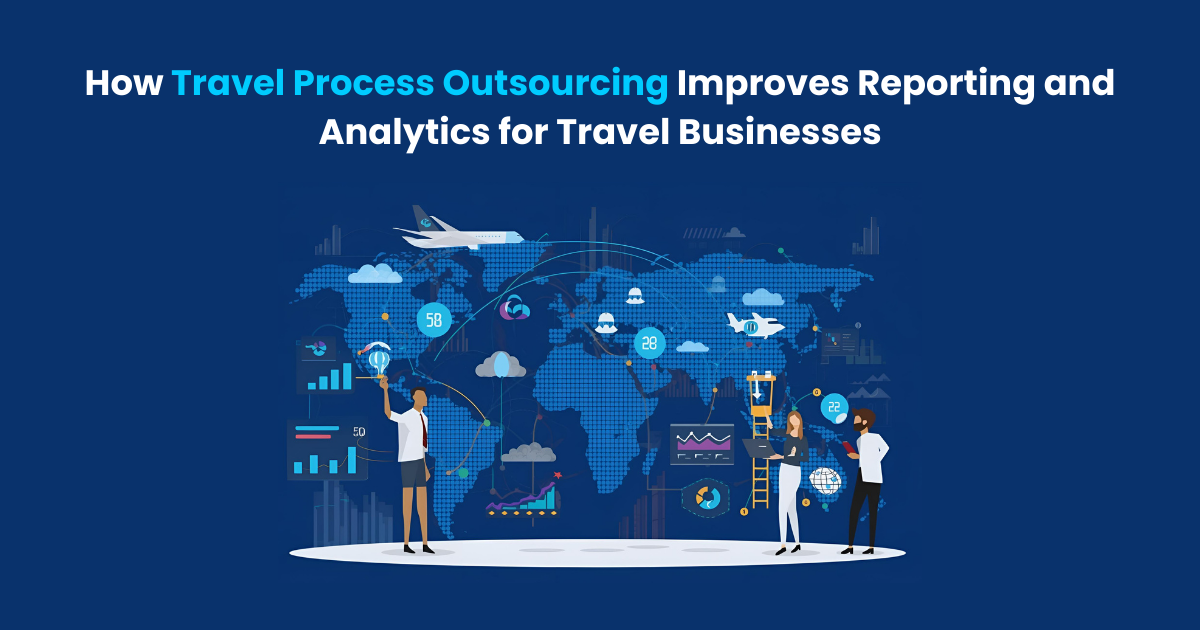
Introduction
In today’s fast-paced digital world, content creation is more important than ever. Whether you are a student submitting an essay, a blogger posting new articles, a business owner crafting web copy, or an author writing a book, originality is essential. However, with the massive volume of information available online, ensuring that your work remains authentic can be a daunting task. At this point, a plagiarism checker turns into an indispensable tool.
What Is a Plagiarism Checker?
A plagiarism checker is a digital tool that scans your written content and compares it to countless other documents across the web, academic databases, and internal archives. Its primary goal is to detect similarities between your work and existing texts, helping you identify potential issues before publication or submission.These tools highlight matching phrases, sentences, or entire paragraphs and often provide a similarity score to indicate how much of your work matches other sources.You may make sure that your writing is both original and morally decent by employing a plagiarism detector.d.
Why Is Originality So Important?
Originality isn’t just about avoiding penalties from search engines or academic institutions; it’s about credibility, trust, and respect for intellectual property. When you present original content:
- You demonstrate integrity: Original work shows that you respect others’ ideas and that you value authenticity.
- You build trust: Whether you are writing for an academic audience or potential customers, unique content enhances your credibility.
- You improve SEO performance: Search engines like Google prioritize original content, helping you rank higher in search results.
- You foster creativity: Crafting your own ideas pushes you to think critically and creatively, setting you apart from the competition.
Without originality, not only does your reputation suffer, but you may also face legal consequences or academic penalties. Hence, a plagiarism checker is crucial in maintaining the quality and integrity of your work.
See more article: plagiatsprüfer
How a Plagiarism Checker Works
Modern plagiarism checkers use sophisticated algorithms and databases. Here’s a general breakdown of how they work:
- Text Input: You either paste your text directly into the tool or upload a file.
- Comparison Process: The tool analyzes your text, checking it against billions of documents available online and offline.
- Highlighting Matches: It highlights any matching text sections and often categorizes them according to the source.
- Generating Reports: Many plagiarism checkers provide a detailed report with a percentage score and links to matching sources.
- Suggestions for Revision: Some advanced checkers offer recommendations on how to rewrite or cite the matched content properly.
In addition to finding issues, employing a plagiarism checker teaches you how to write better and properly credit your sources.
Who Should Use a Plagiarism Checker?
While many associate plagiarism checkers primarily with students and academics, they are valuable tools for a much broader audience:
- Students: To ensure essays, research papers, and theses are original and properly cited.
- Teachers and Professors: To verify the authenticity of student submissions.
- Content Writers and Bloggers: To create unique, SEO-friendly articles.
- Businesses and Marketers: To produce original marketing copy, newsletters, and website content.
- Authors and Journalists: To maintain the integrity of published works.
- Researchers: To protect new research findings from accidental duplication.
Using a plagiarism checker on a regular basis can be quite beneficial for anyone who creates written content.
plagiarism detector. The advantages of using a plagiarism detector
- Peace of Mind: Knowing that your work is original reduces anxiety before submission or publication.
- Time Saving: Instead of manually searching for possible similarities, the tool quickly scans and reports back.
- Professionalism: A thorough plagiarism check ensures your content is polished and professional.
- Legal Protection: It reduces the risk of copyright infringement, protecting you from potential lawsuits.
- Improved Writing Skills: Frequent use of a plagiarism checker teaches you to paraphrase effectively and cite sources properly.
With so many benefits, it’s obvious why using a plagiarism detector is a good idea when writing.
Common Misconceptions About Plagiarism Checkers
Despite their usefulness, some misconceptions surround plagiarism checkers. Let’s clear up a few:
- They Only Benefit Students: False! Professionals across industries use them to maintain originality and professionalism.
- They Are 100% Perfect: While extremely effective, no tool can guarantee 100% accuracy. Human review is still important.
- They Are Only for Long Documents: Even short blog posts, social media updates, or product descriptions benefit from originality checks.
- They Make You Lazy: In reality, they promote careful writing, correct citation, and thoughtful editing.
Understanding these myths ensures you get the most out of your plagiarism checker without falling for common misunderstandings.
Tips for Avoiding Plagiarism
While using a plagiarism checker is crucial, developing good writing habits is equally important:
- Paraphrase Properly: Don’t just swap out a few words. Rewrite ideas in your own voice while maintaining the original meaning.
- Cite Sources: Always provide due credit by using appropriate cites and references when using someone else’s ideas.
- Quote Accurately: Cite the source and include any precise words you use in quotation marks.
- Plan Your Writing: Allow enough time for research, writing, and editing. Hasty labor frequently results in unintentional plagiarism.
- Use Multiple Drafts: Review and rewrite your drafts. This process naturally moves you farther away from any original source materials.
By combining good habits with a reliable plagiarism checker, you greatly reduce the risk of unintentional plagiarism.
How to Pick the Best Plagiarism Detector
Not every plagiarism detector is made equally. Here’s what to look for when selecting one:
- Comprehensive Database: Ensure the tool checks against academic journals, books, websites, and internal databases.
- Accuracy: Seek out tools with a reputation for identifying similarities with high accuracy rates.
- Speed: A good checker should analyze your document quickly without long wait times.
- Ease of Use: Clear reports and an easy-to-use interface are essential.
- Privacy and Security: Our records ought to be safeguarded and not kept without your permission.
- Additional Features: Tools that offer grammar checking, citation assistance, and paraphrasing tips add extra value.
Popular examples include Turnitin, Grammarly’s plagiarism checker, Copyscape, and Quetext, each offering different strengths depending on your needs.
Conclusion
In an era where information flows freely and rapidly, maintaining originality is both challenging and essential. Whether you are crafting a novel, writing a blog, or submitting an academic paper, a plagiarism checker serves as your safeguard against unintentional duplication and protects your credibility.By understanding how these tools work, using them wisely, and fostering strong writing habits, you can confidently share your work with the world. Remember, originality isn’t just about avoiding penalties—it’s about adding your own unique voice to the global conversation.
For more ad latest article: Clicking Here





